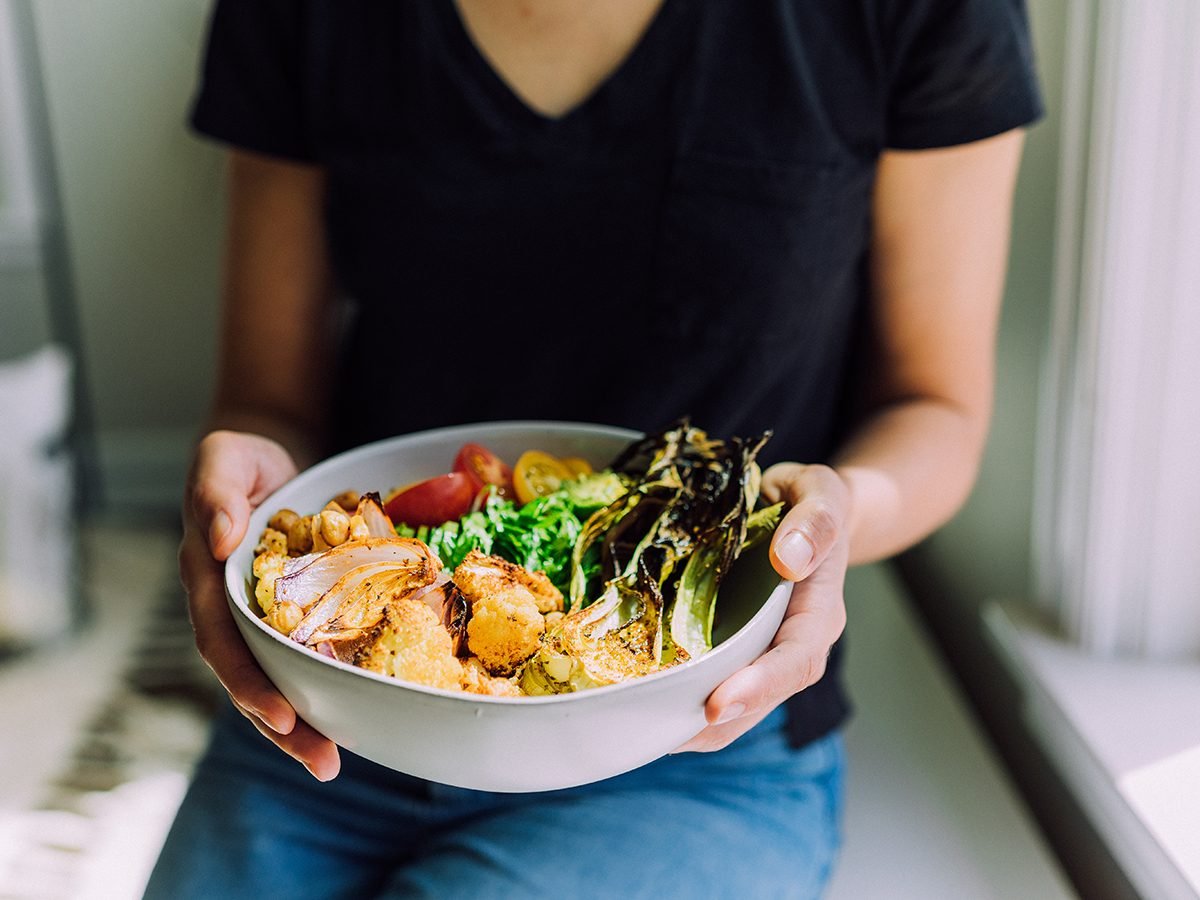
The rise of plant-based foods in Canada
According to a 2019 report from the National Research Council Canada, more than 40 per cent of Canadians are actively trying to incorporate more plant-based foods into their meals. In comparison to a vegetarian or vegan diet—the latter of which completely excludes meat, animal products and dairy—a plant-based diet just means eating less animal products.
“[A plant-based diet is about] choosing proteins that are coming from plants more often,” says Tamara Sarkisian, a Winnipeg-based registered dietitian and Dietitians of Canada spokesperson. “It can actually be very flexible.”
It can also be vastly better for your health. Studies have shown that eating more plant-based foods can help protect against and manage chronic diseases like type 2 diabetes and heart disease.
In response to the growing demand, the shelves at your grocery store are likely being stocked with some new—and sometimes confusing—plant-based food options. Here’s how to navigate the burgeoning plant-based food market and determine whether a plant-based diet is right for you.
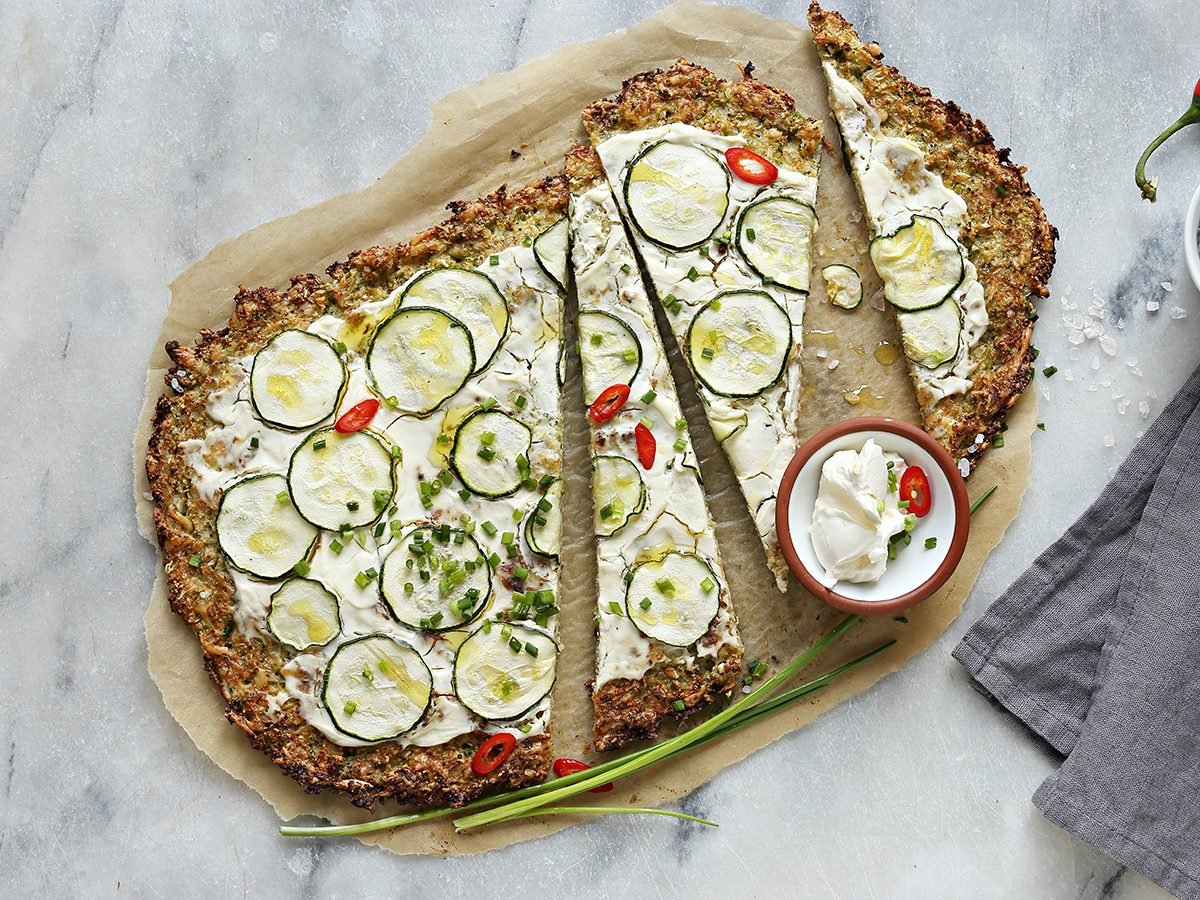
Plant-based cheese alternatives
Introducing more plant-based foods into your diet doesn’t mean you have to forgo the occasional charcuterie board or grilled cheese sandwich. In fact, your favourite cheese brands might already offer plant-based versions of their best-selling flavours, like Boursin’s Dairy-Free cheese spread. There are also plenty of other brands on the Canadian market like Violife, which makes a range of dairy-free products including mozzarella-style shredded cheese and a parmesan-style wedge made from potato starch, corn starch and coconut oil. Sarkisian favours plant-based cheeses made with nuts for a better nutrient profile, like the Toronto-based Culcherd’s Herb and Garlic cheese which features a chef-created custom herb blend made from cashews.
Here are 20 antioxidant-rich fruits and vegetables you should be eating.
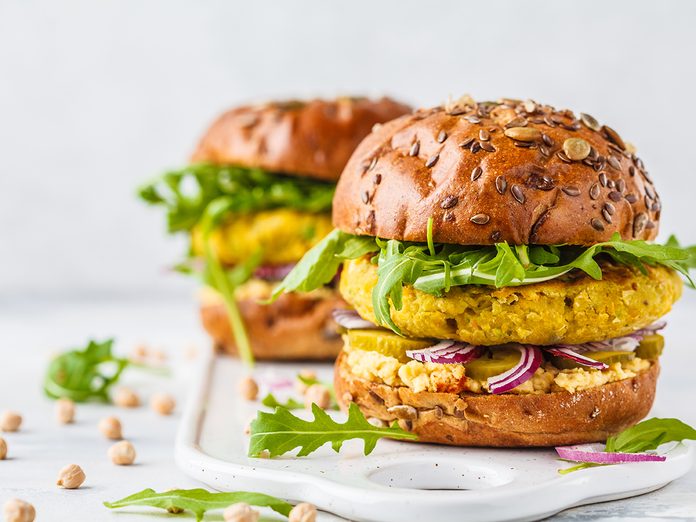
Plant-based meat alternatives
Today’s plant-based meat options have come a long way from bland veggie burgers. Consumers can now choose from a range of flavours and textures: Yves Veggie Cuisine soy-based ground round (which mimics the texture of ground meat) and Wholly Veggie!’s flavour-packed Southwest Beet patty. Even IKEA has come out with a veggie version of its classic Swedish meatballs, the Plant Ball.
However, Sarkisian advises that these products are still processed and tend to have high levels of sodium. “Consume them from time to time—don’t rely on them as an everyday food,” she says. If you enjoy the taste of meat and don’t want to quit cold turkey, she recommends combining different protein sources like a hamburger patty made with half ground beef and half lentils for the best of both worlds.
Learn about the MIND diet meal plan to reduce your risk of Alzheimer’s.

Plant-based milk alternatives
If you’ve ever stepped foot inside a coffee shop, you’ll likely be familiar with all the dairy-free options available. From oat milk to almond milk, these plant-based alternatives accommodate those with allergies, vegetarian or vegan diets, and people looking to round-out a plant-based diet. Although the amount you splash in your morning coffee probably won’t make that much of a difference, Sarkisian recommends paying attention to the protein content of your milk alternative if you’re phasing out dairy entirely.
Protein needs vary from person to person, based on factors such as physical activity level and life-stage. Similarly, the protein content of milk alternatives vary between brands and ingredients. A cup of soy milk, for instance, might offer eight grams of protein, whereas the equivalent amount of almond milk might offer just one gram.
“If someone’s consuming all of these foods that are low in protein, then they actually might be in a deficit,” says Sarkisian. If you’re in doubt, she recommends speaking to a dietitian to ensure that your plant-based diet is indeed doing your body good. (Here are the signs you’re not getting enough protein.)
Silk’s Protein Original Unsweetened almond and cashew milk contains eight grams of protein and is fortified with nutrients, which Sarkisian says makes it comparable to regular milk. Other plant-based products like the Organika Superbrew Creamer (a powder creamer made with avocado and coconut oil) and Earth’s Own Oat Culinary Creamer can add that rich creaminess to drinks, sauces and soups without the dairy.
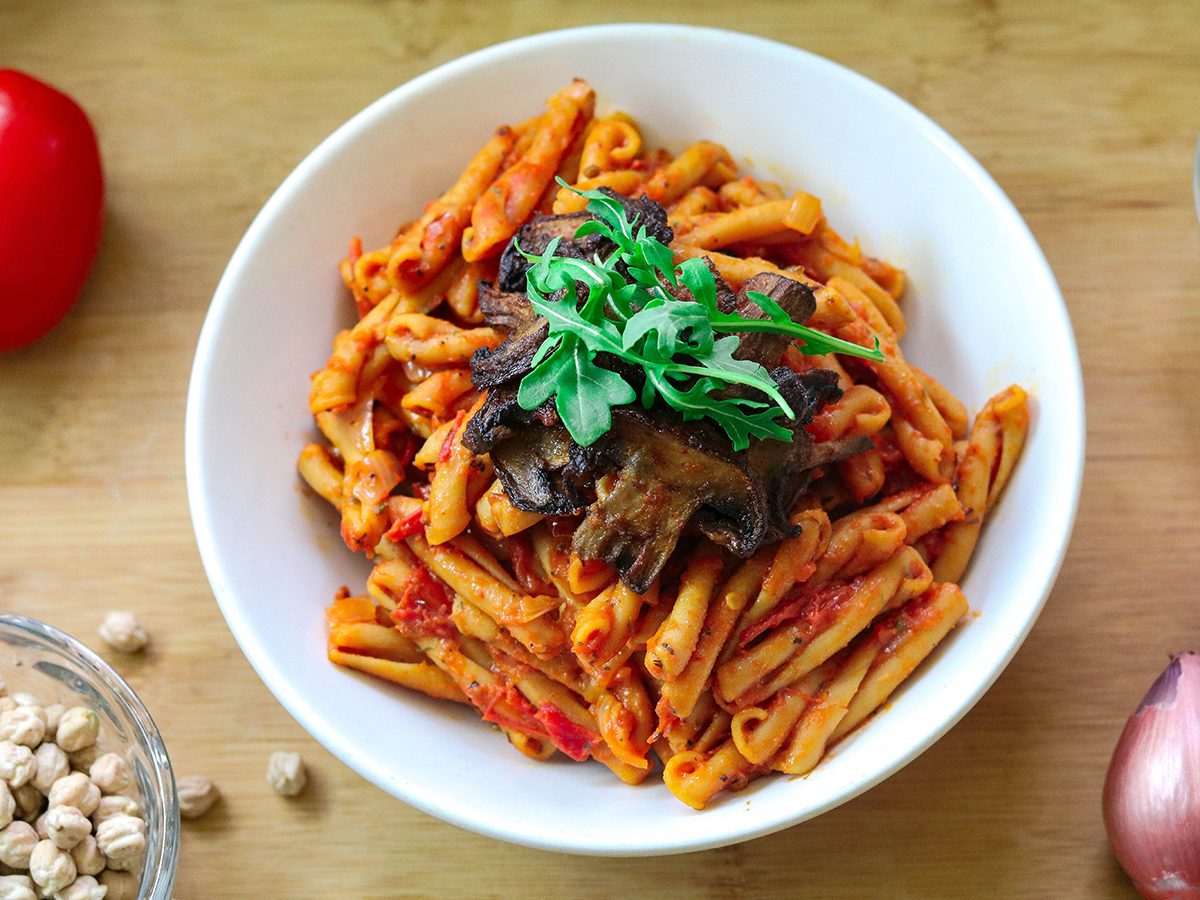
Plant-based pasta
While conventional packaged pasta is typically made from wheat flour, you’ll see grocery store shelves stocking new protein-rich options like Chickapea, made from organic chickpea and lentils. “I like this product for anyone who would like to include more fibre in their meals,” says Sarkisian, noting that it’s also a fantastic option for those who have a wheat allergy. You can also diversify your dinner plans with pasta made from protein-rich ingredients like black beans, edamame and soybeans.
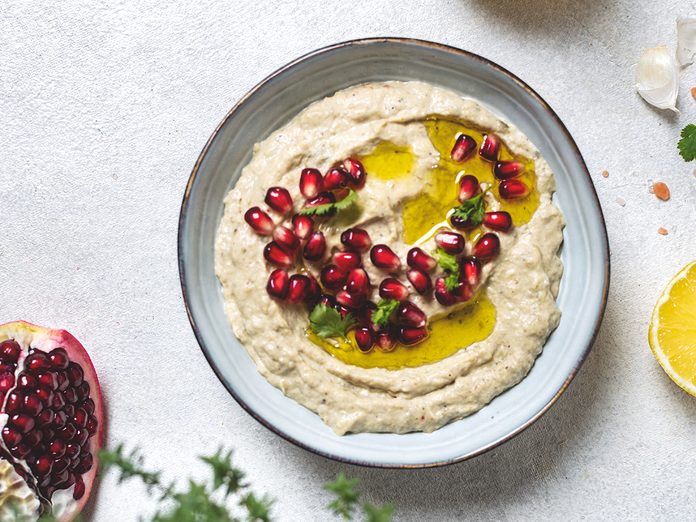
Plant-based snacks
No pantry is complete without a varied selection of snacks for that Saturday night Netflix marathon. Luckily, there’s a wide selection of plant-based treats that don’t skimp on flavour or nutrition. Sarkisian is a fan of this PC Roasted Red Pepper Cashew Dip that can be served with fresh-cut veggies or spread on pita. Another tasty option is the Summer Fresh Queso-Style Nutty Dip which blends cauliflower, almond butter, red pepper and spices for a healthier substitute to the cheese-based original. Instead of reaching for potato chips, she recommends The Good Bean’s Crunchy Chickpeas in Chili Lime for a satisfying and delicious nibble.
Next, check out the 10 things that can happen to your body if you stop eating red meat.